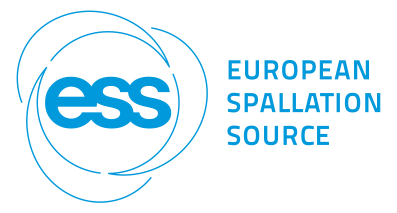Unlike traditional short-pulsed spallation sources, the ESS accelerator will deliver long proton pulses—2.86 milliseconds—at maximum energy of 2 GeV and a frequency of 14 Hz. High-brightness neutron beams will be achieved through the use of a compact (3 cm tall) low-dimensional moderator, referred to as the butterfly moderator, and comprising both water at room temperature and liquid...
The aim of a neutron measurement on a sample is usually to obtain information about some material
object that can be used to understand structure or properties. The end-information about a sample
needs to be reliable. Differences in measured data can arise from instrumental effects such as finite
resolution, and the range of wavelengths exploited, the momentum and energy transfer that...
In the development of neutron scattering instruments, the primary focus is often on maximizing signal intensity, while managing instrument background tends to receive comparatively less attention. This imbalance is not necessarily due to a lack of awareness of the importance of background reduction but rather reflects the historical reality that mitigating instrument noise has been more of an...
Detectors using neutron-sensitive Microchannel Plates (MCPs) with Timepix readouts have found niche applications in pulsed neutron sources, where the arrival position of each neutron and its energy are reconstructed with high accuracy. These detectors can localize each neutron with approximately 10 µm spatial resolution and very high timing precision—around 500 ns for thermal neutrons and 10...
The McStas instrument simulation tool has been widely used for designing and optimising the ESS instrument suite. This contribution will outline how the ESS DMSC makes use of McStas for preparation of the data pipeline and transitioning from “as designed” to “as built” models. We will further outline lesser-known features in McStas and related projects to aid beamline staff in the...
